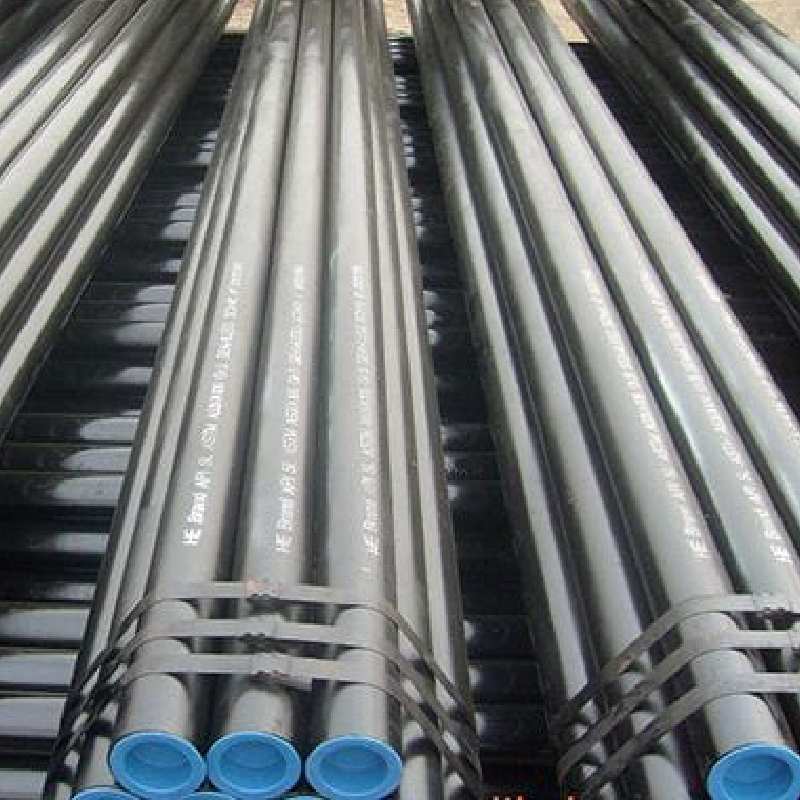-
Cangzhou Yulong Steel Co., Ltd.
-
Phone:
+86 13303177267 -
Email:
admin@ylsteelfittings.com
- English
- Arabic
- Italian
- Spanish
- Portuguese
- German
- kazakh
- Persian
- Greek
- French
- Russian
- Polish
- Thai
- Indonesian
- Vietnamese
- Zulu
- Korean
- Uzbek
- Hindi
- Serbian
- Malay
- Ukrainian
- Gujarati
- Haitian Creole
- hausa
- hawaiian
- Hebrew
- Miao
- Hungarian
- Icelandic
- igbo
- irish
- Japanese
- Javanese
- Kannada
- Khmer
- Rwandese
- Afrikaans
- Albanian
- Amharic
- Armenian
- Azerbaijani
- Basque
- Belarusian
- Bengali
- Bosnian
- Bulgarian
- Catalan
- Cebuano
- China
- China (Taiwan)
- Corsican
- Croatian
- Czech
- Danish
- Esperanto
- Estonian
- Finnish
- Frisian
- Galician
- Georgian
- Kurdish
- Kyrgyz
- Lao
- Latin
- Latvian
- Lithuanian
- Luxembourgish
- Macedonian
- Malgashi
- Malayalam
- Maltese
- Maori
- Marathi
- Mongolian
- Myanmar
- Nepali
- Norwegian
- Norwegian
- Occitan
- Pashto
- Dutch
- Punjabi
- Romanian
- Samoan
- Scottish Gaelic
- Sesotho
- Shona
- Sindhi
- Sinhala
- Slovak
- Slovenian
- Somali
- Sundanese
- Swahili
- Swedish
- Tagalog
- Tajik
- Tamil
- Tatar
- Telugu
- Turkish
- Turkmen
- Urdu
- Uighur
- Welsh
- Bantu
- Yiddish
- Yoruba

Aug . 11, 2024 17:16 Back to list
Understanding Various Types of Pipe Welding Joints for Effective Industrial Applications and Techniques
Understanding Pipe Welding Joint Types
Welding is a fundamental process in the construction and manufacturing sectors, particularly when it comes to joining pipes. Various pipe welding joint types cater to different needs and applications, ensuring structural integrity, durability, and resistance to environmental factors. Understanding these joint types is crucial for engineers, fabricators, and technicians involved in pipeline construction and repair.
1. Butt Joints
Butt joints are one of the most common types of pipe joints. In a butt joint, the ends of two pipes are aligned and welded together. This type of joint is particularly strong and is suitable for high-pressure applications, such as in oil and gas pipelines, where the integrity of the joint is critical. Proper alignment and preparation of the pipe ends are essential, typically involving beveling to ensure a full penetration weld.
2. Socket Joints
Socket joints involve one pipe being inserted into another, creating a socket-like connection. This type of joint is often used in smaller diameter pipes and is less common in high-pressure applications. Socket joints are easier to assemble and often require less skill compared to butt joints. However, they may not be suitable for highly stressful conditions.
3. Tee Joints
Tee joints are used when a pipe needs to be joined at a right angle to the main line, resembling the letter T. This type of joint is crucial in pipework where branched connections are necessary. In welding tee joints, both the side pipe and the main pipe must be carefully aligned, and the welding process may involve different techniques depending on the materials and thicknesses of the pipes.
4. Corner Joints
pipe welding joint types

Corner joints are similar to tee joints but are used when connecting two pipes at an angle, typically in a frame or structure. This type of joint can be challenging due to the geometry involved. A strong weld in a corner joint is vital for maintaining the overall stability of the framework it is part of, especially in structural applications like building supports.
5. Lap Joints
Lap joints occur when two overlapping surfaces are welded together. They are often used in situations where the pipes cannot be easily aligned, such as in repair work or refurbishments. While lap joints can result in a less strict alignment, they can still provide a strong connection if executed correctly. This joint type is also useful in non-critical applications where aesthetic appeal is a consideration.
6. Flanged Joints
Flanged joints utilize flanges that are welded to the ends of the pipes and then connected with bolts. This design allows for easy disassembly, making flanged connections ideal for systems that require maintenance or inspection, such as in chemical processing and water treatment facilities. Flanged joints can accommodate movement and thermal expansion, providing flexibility that other joint types may lack.
7. Welded and Seamless Joints
Lastly, it is important to differentiate between welded and seamless joints. Seamless pipes, made from solid round steel, do not have any welds, making them suitable for high-stress applications. On the other hand, welded joints can sometimes introduce weaknesses or defects if not done correctly, but they allow for greater versatility in pipe diameter and material configurations.
Conclusion
Selecting the appropriate type of pipe welding joint is essential for ensuring the effectiveness and longevity of pipeline systems. Factors such as pressure, material, application, and environmental conditions must be considered to choose the best joint type. A clear understanding of the various welding joints allows professionals to make informed decisions and implement safer, more efficient engineering practices in pipe construction and maintenance.
Latest news
-
ANSI 150P SS304 SO FLANGE
NewsFeb.14,2025
-
ASTM A333GR6 STEEL PIPE
NewsJan.20,2025
-
ANSI B16.5 WELDING NECK FLANGE
NewsJan.15,2026
-
ANSI B16.5 SLIP-ON FLANGE
NewsApr.19,2024
-
SABS 1123 FLANGE
NewsJan.15,2025
-
DIN86044 PLATE FLANGE
NewsApr.19,2024
-
DIN2527 BLIND FLANGE
NewsApr.12,2024
-
JIS B2311 Butt-Welding Fittings LR/SR 45°/90° /180°Seamless/Weld
NewsApr.23,2024











